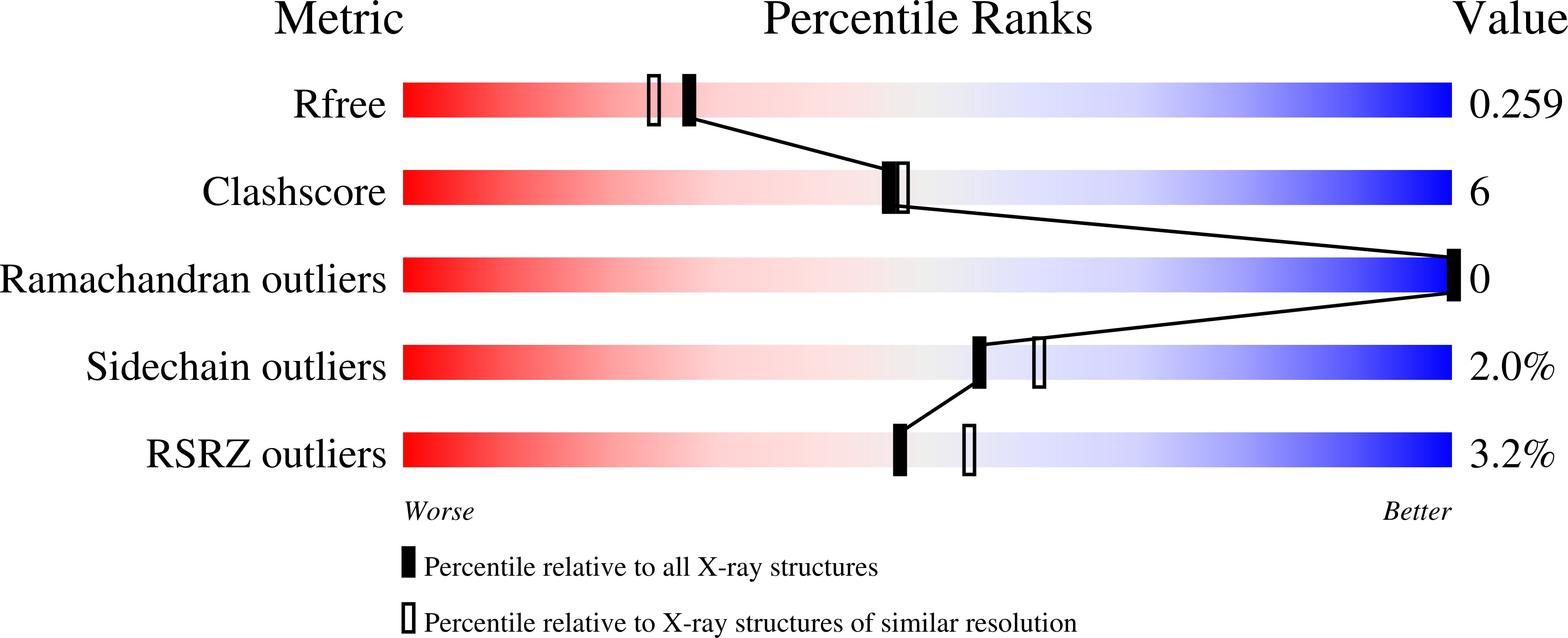
Deposition Date
2022-08-08
Release Date
2023-08-02
Last Version Date
2025-02-19
Entry Detail
PDB ID:
8AON
Keywords:
Title:
Oxidoreductase fragment of human QSOX1 in complex with a Fab fragment of a humanized anti-QSOX1 antibody
Biological Source:
Source Organism:
Homo sapiens (Taxon ID: 9606)
Host Organism:
Method Details:
Experimental Method:
Resolution:
2.10 Å
R-Value Free:
0.25
R-Value Work:
0.19
R-Value Observed:
0.20
Space Group:
P 1 21 1


